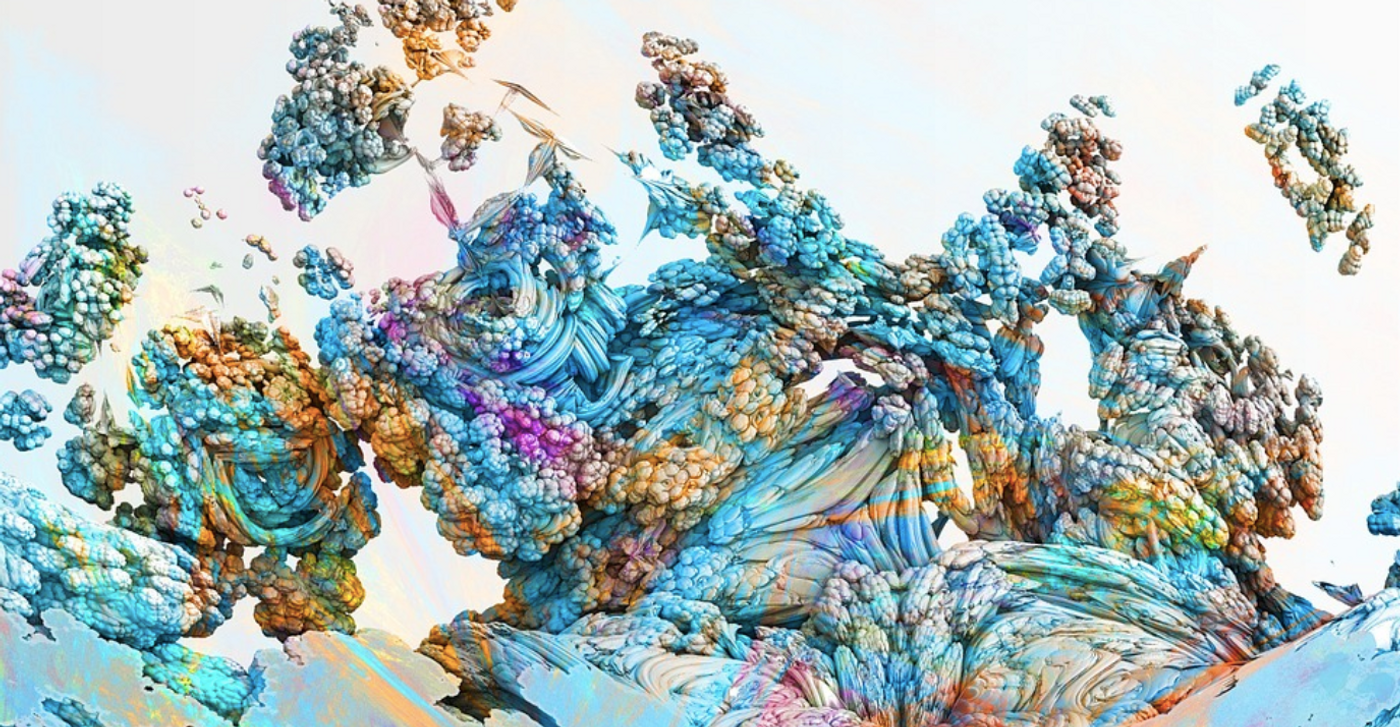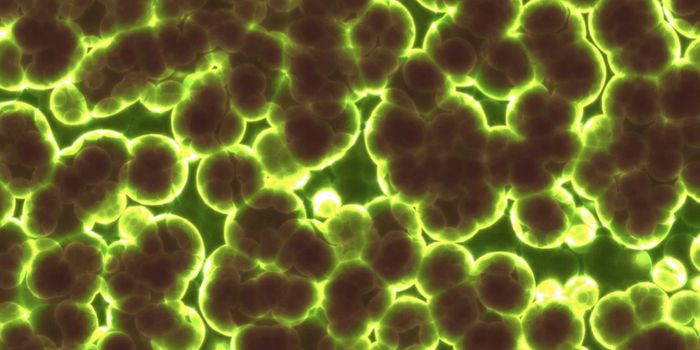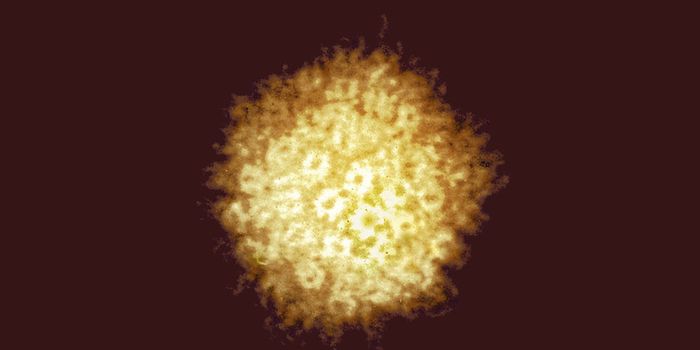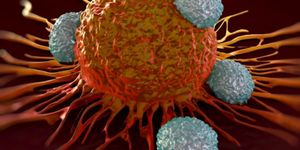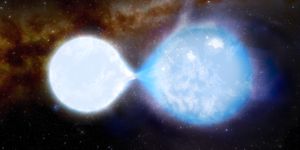Mirusviruses - Relatives of Herpes & Giants are Revealed in the World's Oceans
The Tara Oceans project has been aiming to reveal more about the vast world of marine microbes, about which we know very little. For years, the schooner Tara sailed the oceans of Earth, collecting samples that could be analyzed with metagenomic techniques. These tools sequence all of the genetic material in a sample, and the sequence data can be compared to databases so that the microorganisms within can be identified, or revealed if they are unknown. This effort has now shown that all over the Earth, there is a major group of microbes called mirusviruses, which are DNA viruses that help regulate plankton through infection. The findings have been reported in Nature.
Mirusviruses are a very complex group of viruses, and the viral particle that coats these viruses was found to have a direct evolutionary link to herpesviruses. Many animals, including half of the people in the world, are thought to be infected with various herpesviruses. But usually, other types of organisms are not infected by herpesviruses. This research has shown that herpesvirus ancestors were probably infecting single-celled organisms at some point.
Most other genes in the mirusvirus genomes are not like herpesvirus genes at all. Instead, many mirusvirus genes were found to be similar to genes carried by giant viruses, which are quite distinct from other kinds of viruses and often have unusual properties compared to viruses we are most familiar with.
"The publication of this discovery in Nature marks the start of a new adventure and a gateway for the scientific community to detect and study mirusviruses in any number of ecosystems," noted senior study author Tom Delmont, an expert in microbial ecology at CNRS.
"Tara Oceans has transformed our understanding of plankton ecology. Our study proves that this incredible expedition also provides answers to fundamental evolutionary questions. Much remains to be discovered and understood about mirusviruses," added virus evolution expert and first study author Morgan Gaïa.
These mirusviruses have not yet been grown in a lab, we don't know what their viral particles look like, and at this time, we have not found them in any environment except for the ocean, added Gaïa.
Scientists are still working on the many samples that were collected during the Tara Oceans voyages. The is the largest sequencing project that has ever been attempted on marine ecosystems, and almost 35,000 samples of microbes including algae, bacteria, viruses, and plankton have been gathered and are in some stage of analysis.
